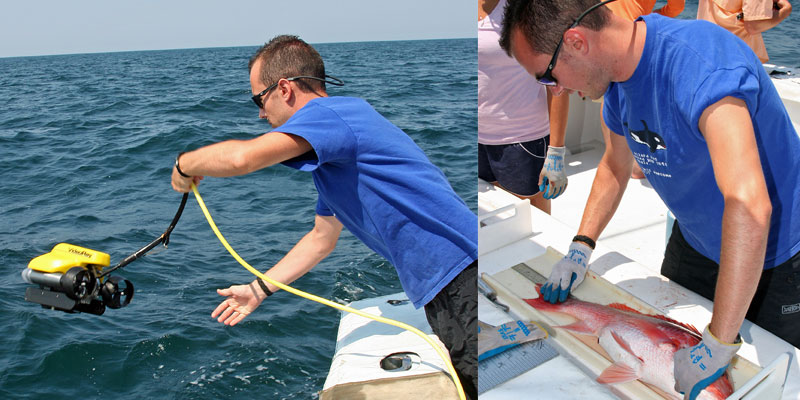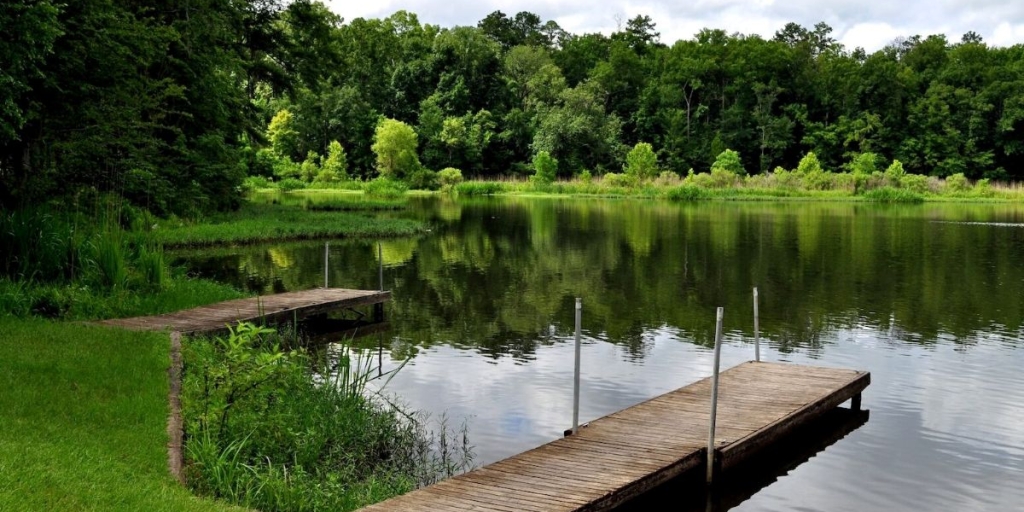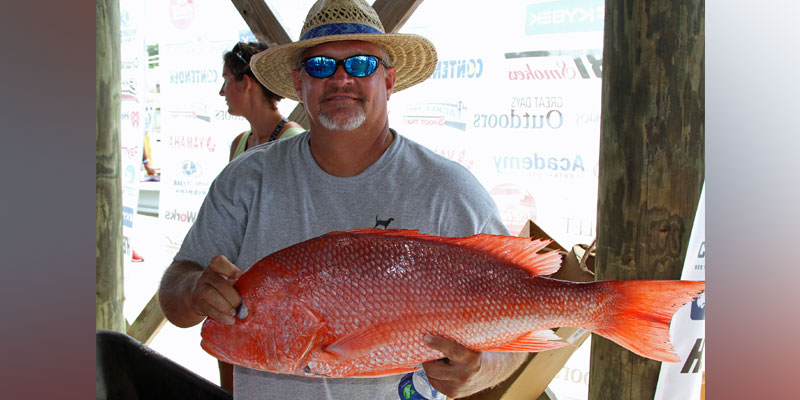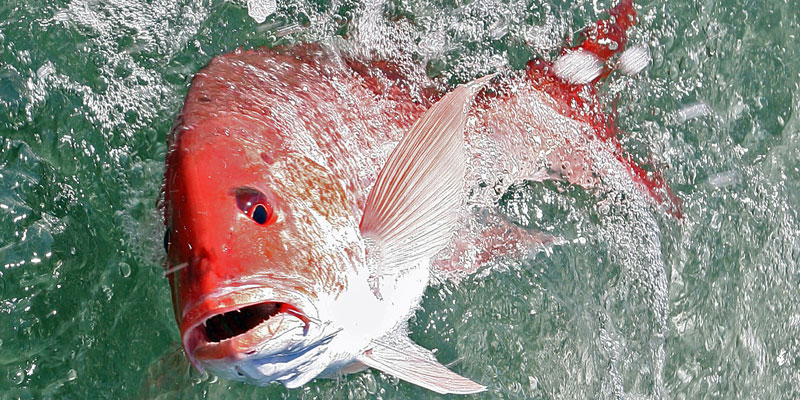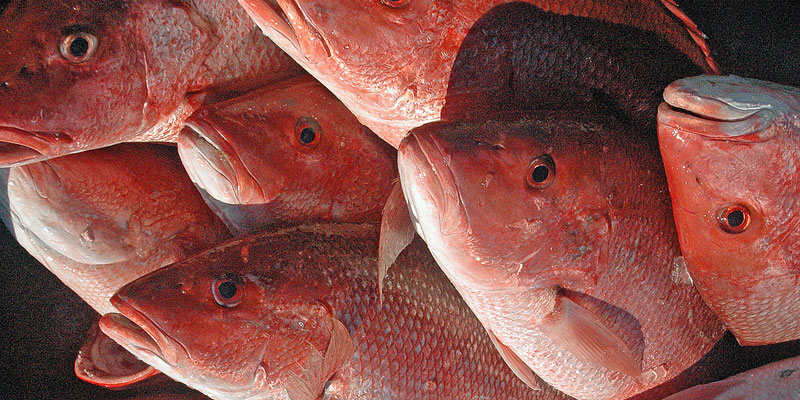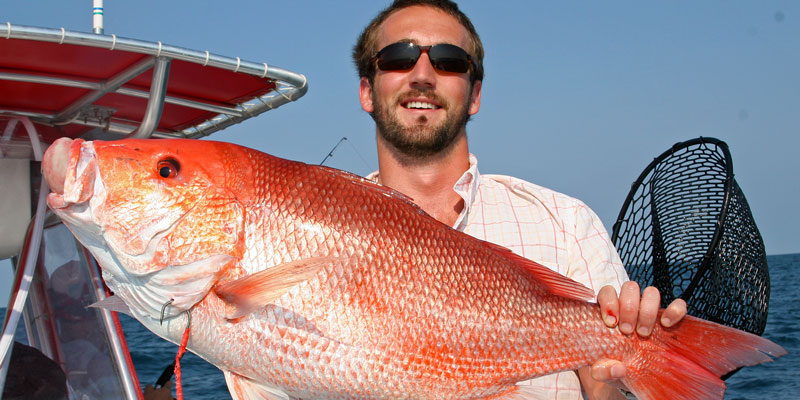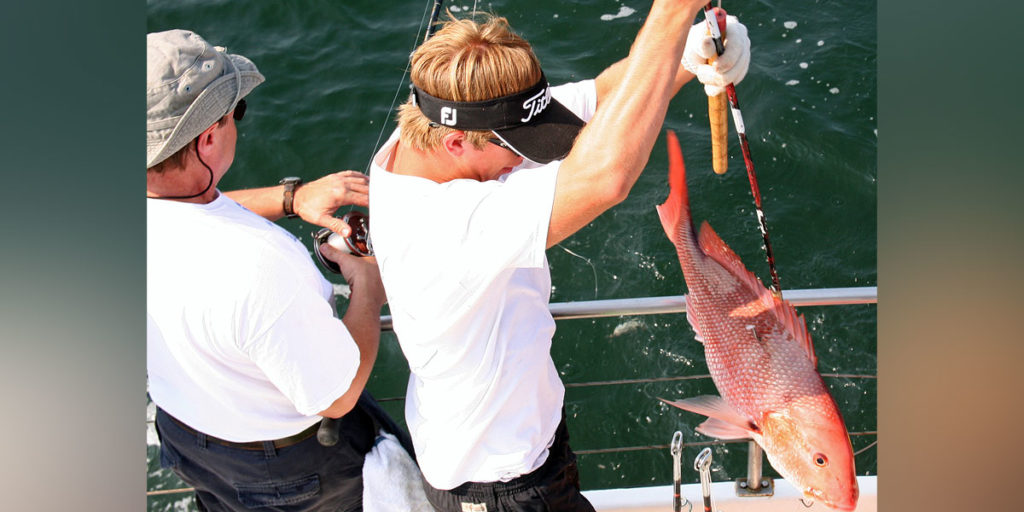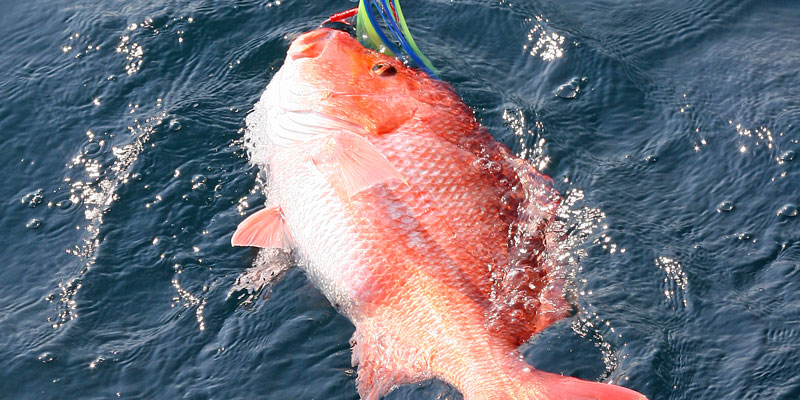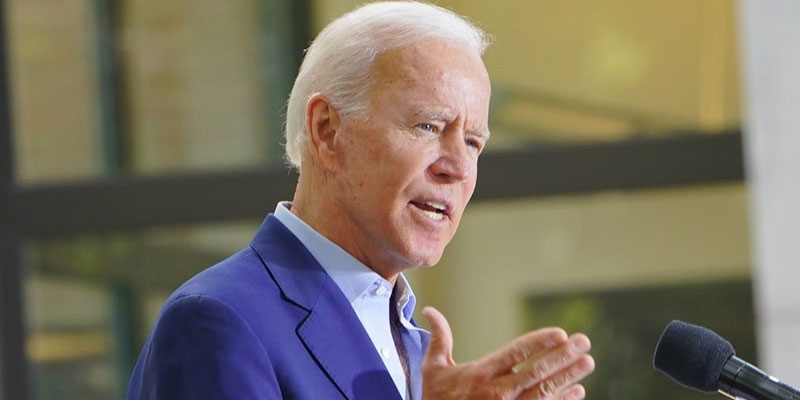Last week’s meeting of the Gulf of Mexico Fisheries Management Council (Gulf Council) Scientific and Statistical Committee (SSC) yielded mixed results for red snapper anglers.
The SSC voted to partially incorporate the Great Red Snapper Count, which estimated the red snapper population in the Gulf is three times higher than previous estimates, into the Gulf Council management process. However, that action may have little impact on the 2021 red snapper season.
“The Scientific and Statistical Committee is the science advisory panel for the Gulf Council,” said Scott Bannon, Director of the Alabama Marine Resources Division. “The purpose of the meeting was to review the Great Red Snapper Count, provide feedback and decide if it should be used in the interim analysis for red snapper this year and how it should be applied. The committee reviewed the Great Red Snapper Count and showed some areas that needed improvement. The researchers are going to go back and make some minor adjustments, but it won’t make a big change in the overall number. It just improves the report they have.”
The Great Red Snapper Count estimated the abundance of red snapper in the Gulf at 110 million fish. Previous assessments from NOAA (National Oceanic and Atmospheric Administration) Fisheries estimated the number of red snapper at 36 million fish.
“The committee voted on whether that data was the best science available for setting the overfishing limit,” Bannon said. “They voted that in. The number they chose for the overfishing limit was 25.6 million pounds. The Magnuson-Stevens Act states that you cannot exceed that overfishing limit or immediate changes will have to be implemented to prevent overfishing.”
Bannon said the previous overfishing limit was set at 15.5 million pounds, so the new recommended overfishing limit is a 10.1 million-pound increase. The committee then recommended that the acceptable biological catch (ABC) be set at 15.4 million pounds, which Bannon vigorously questioned.
“That’s a 10 million-pound difference from the overfishing limit,” he said. “That’s a 44-percent buffer, which I’m disappointed in. That is relatively unheard of in fisheries management. I am pleased with the recommended increase in the overfishing limit. I’m not pleased with the ABC.”
The SSC report will go to the Gulf Council and will be discussed at the next council meeting, set for April 12-15 via webinar. The Gulf Council will then set the annual catch limit (ACL) for allocations among the five Gulf states for the 2021 season.
“With only 300,000 new pounds available, that’s a negligible increase,” Bannon said. “That increase would potentially be applied to all of the sectors – commercial, charter and private anglers.”
Another hurdle for private anglers is NOAA Fisheries is pushing that the catch data from the Marine Recreation Information Program (MRIP) survey and state reporting systems be “calibrated,” which could significantly impact Alabama’s quota and reduce the number of fishing days for private recreational anglers.
“Our goal is to avoid calibration,” Bannon said. “With calibration, Alabama and Mississippi allocations would be cut in half.”
Under calibration alternatives, Alabama’s quota for red snapper could go from 1.12 million pounds in 2020 to 547,298 pounds in 2021.
“Naturally we didn’t agree with that,” Bannon said. “NOAA Fisheries said that was going to be required because the fishery may have met the overfishing limit in 2019. The catch for 2019 barely exceeded the 15.5 million-pound limit by 150,000 pounds. That is Gulf-wide in all sectors, including private anglers, for-hire and commercial, but with the new Great Red Snapper Count data, whether there was overfishing at all in 2019 is in question. Our goal at the upcoming Gulf Council meeting is to postpone any calibration until the Great Red Snapper Count is fully integrated into the stock assessment so that Alabama and Mississippi would fish at the same level we’ve fished for the previous couple of years under the EFP (Exempted Fishing Permit) and state management, which is around a million pounds.”
The MRIP surveys have considerably overestimated red snapper catches compared to Alabama’s Red Snapper Reporting System, known as Snapper Check.
“We say we landed about a million pounds, but the MRIP survey says we landed about 2.5 million pounds,” Bannon said. “We have a monitoring program that we feel is accurate, and we are harvesting at a sustainable level. The Great Red Snapper Count says there are 10 million red snapper off the coasts of Alabama and Mississippi. We’re not getting the access to those fish that we would like. Across the Gulf, the count says there are 110 million fish, so no state is really getting the access to the fish we think they should.”
For those not familiar with the Great Red Snapper Count, Alabama Senator Richard Shelby sponsored legislation to provide $10 million for an independent survey of the red snapper population in the Gulf. More than 20 scientists across the Gulf from the academic world participated in the survey.
“It was designed to look objectively at the red snapper abundance in the Gulf,” Bannon said. “It counted fish that are two years and older. The scientists developed a plan that utilized cameras, acoustic arrays and a robust tagging program. They actually identify fish. They see them, count them and get size estimates with lasers on the camera equipment.”
The scientists surveyed natural bottom, artificial reefs and uncharacterized bottom. The uncharacterized bottom had no structures or vertical relief. Surprisingly, the surveys found far more fish on uncharacterized bottom than expected.
At the upcoming Gulf Council meeting, Bannon said any Council recommendations could be overruled by NOAA Fisheries, but he plans to make the argument that the alternative plan of no action on calibration is the proper choice.
“We are not in fear of overfishing,” he said. “The overfishing limit is now 10 million pounds higher, so if we sustain the level we’re fishing, we’re not going to get anywhere near the overfishing limit. I am disappointed in some of the decisions made by the SSC. We have an objective assessment done by more than 20 experts in the field that says there are conservatively three times the number of red snapper, but we’re not seeing the benefit of that. The SSC decisions only apply to 2021. This will give the scientists more time to review the Great Red Snapper Count in depth, make some minor changes, and hopefully it will be incorporated into the next red snapper assessment that will conclude in 2023.”
Bannon also reminds anglers or concerned citizens that the Gulf Council meetings always allocate a time for public comment on Wednesdays, which will be from 1-4:30 p.m. on April 14 for the next meeting.
“I always encourage people to voice their opinions and concerns about the decisions being made,” he said. “The Gulf Council does consider public comment. They listen, sometimes ask questions and consider it in their decision making. I will assure the anglers of Alabama that we’re not trying to take away any fish from other states or any sector, but we’re going to try to ensure that private anglers have the access that they should to this abundant resource.”
David Rainer is an award-winning writer who has covered Alabama’s great outdoors for 25 years. The former outdoors editor at the Mobile Press-Register, he writes for Outdoor Alabama, the website of the Alabama Department of Conservation and Natural Resources.




